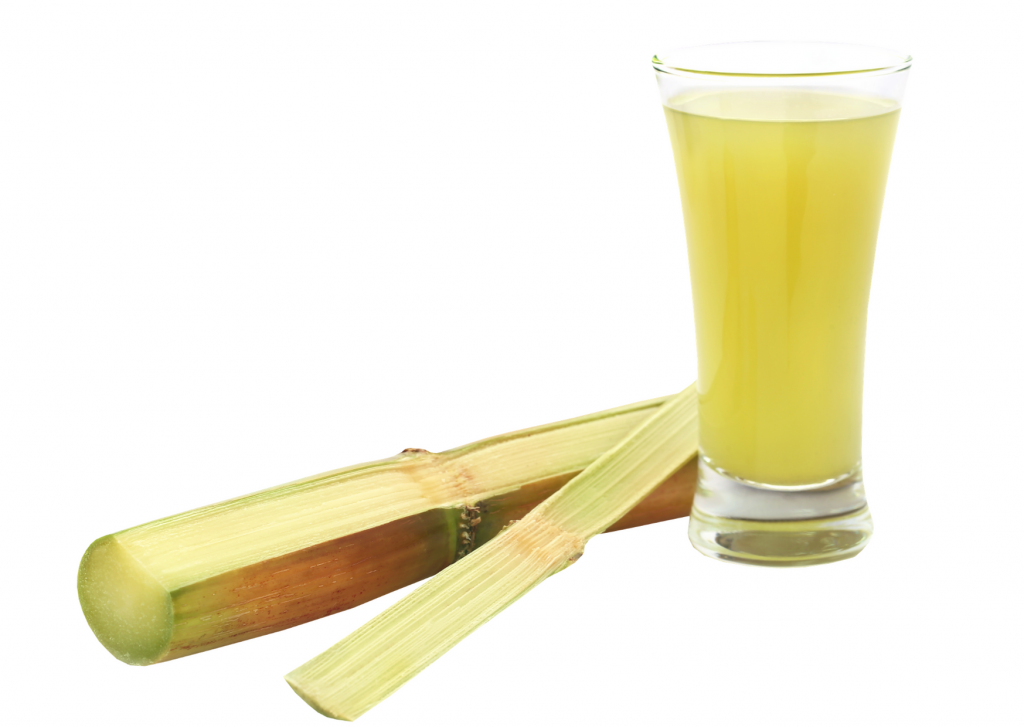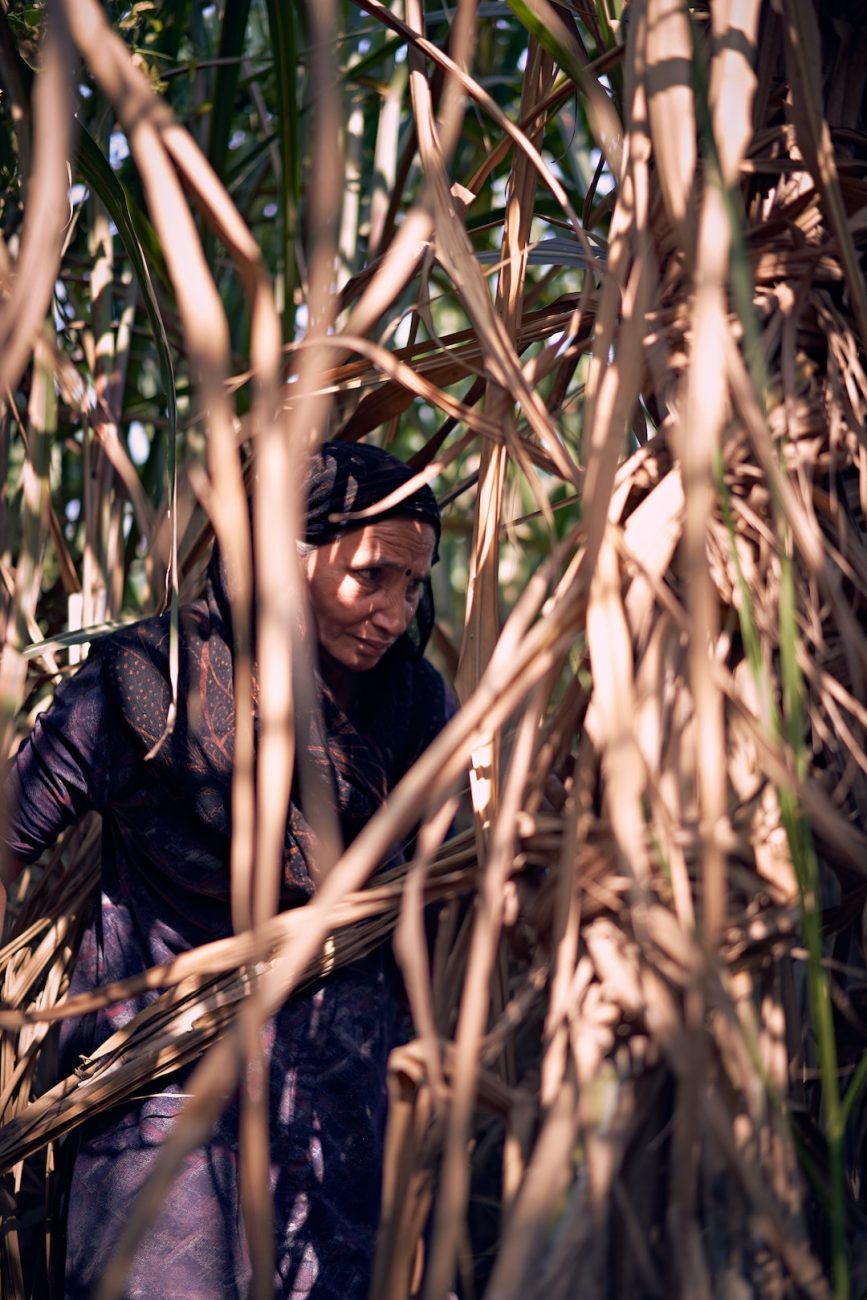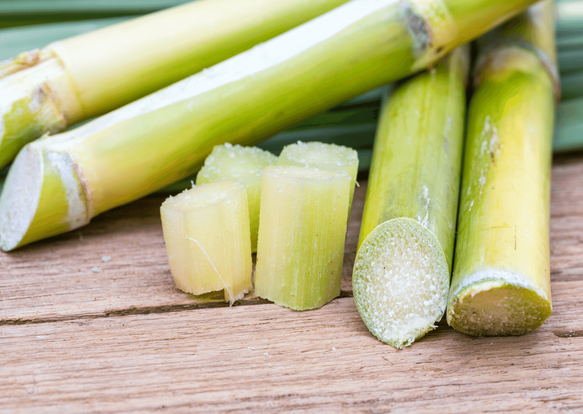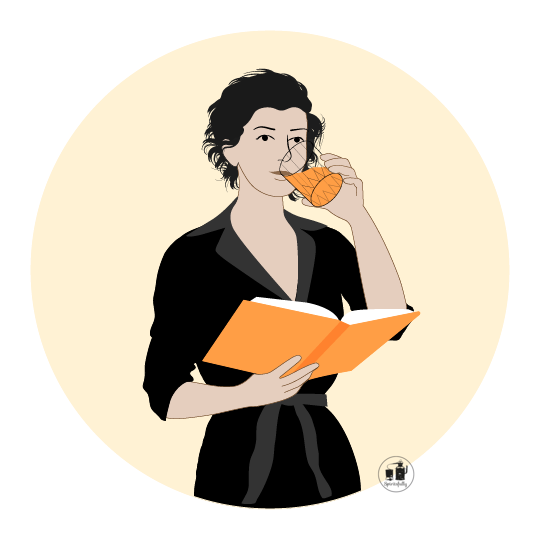All you need
to know about
rum
in a nutshell
Rum corresponds to a wide category of spirits produced from sugar cane (sugar cane syrup or sugar cane juice or sugar cane molasse, in other words: sugar cane by-products) produced mainly in the Caribbean and Latin America though there is no specific region.
The regulations
In the US, rum is defined as a spirit distilled from the fermented juice of sugar cane, sugar cane syrup, sugar cane molasses or other sugar cane byproducts at less than 95% abv and bottled at at least 40% alcohol by volume.

In the EU, rum can be distilled to up to 96% abv must retain the aroma and taste of rum. The text says: a spirit drink produced exclusively by alcoholic fermentation and distillation, either from molasses or syrup produced in the manufacture of cane sugar or from sugar-cane juice itself and distilled at less than 96 % vol. so that the distillate has the discernible specific organoleptic characteristics of rum.
There is no specified region to produce rum (except Rhum Agricole, cachaça and jamaican rums) but if a geographical name is specified it has to be made in that location.
Rum must have a minimum abv. of 37,5%.
Text of the EU about spirits in full length is accessible here. The information about rum is in the first annex.
I
The geography of rum
Rum can be made anywhere the sugar cane is growing. As said earlier though, sugar cane is a tall tropical plant that needs warmth and humidity.
The history of rum
The history of Rum is the history of sugar. Sugar is a carbohydrate that occurs naturally in a variety of plants. One of those is the sugar cane (Saccharum officinarum), a tall, thick grass that has its origins in the islands of Indonesia. Chinese traders spread its cultivation to Asia and on to India. Arabs in turn brought it to the Middle East and North Africa where it came to the attention of Europeans during the Crusades in the 11th century.
As the Spanish and Portuguese began to venture out into the Atlantic Ocean, they planted sugar cane in the Canary and Azore Islands. In 1493 Christopher Columbus picked up cane cuttings from the Canaries while on his second voyage to the Americas and transplanted them to Hispaniola, the island in the Caribbean that is now shared between Haiti and the Dominican Republic. Portuguese explorers soon did likewise in Brazil.
The Caribbean basin proved to have an ideal climate for growing sugar cane, and sugar production quickly spread around the islands. The insatiable demand in Europe for sugar soon led to the establishment of hundreds of sugar cane plantations and mills in the various English, Spanish, French, Portuguese, and Dutch colonies. These mills crushed the harvested cane and extracted the juice. Boiling this juice caused chunks of crystallized sugar to form. The remaining unsolidified juice was called melazas (from “miel” the Spanish word for honey); in English this became molasses.
In the English colonies it was called Kill Devil or rumbullion, which was shortened over the years to our modern word rum. The French use the word rhum, while the Spanish call it ron.
How is rum made?
Rum production is not strictly defined and the methods are based on traditional styles which vary depending on distiller and country.
All kind of still exists and are used single or combined within one region = no specific regional identity (except Rhum Agricole & Cachaca)
Every distillery has its own specific combination of stills, can add things at all stages of the distillation process, may it be for small scale or large scale production = the distillers identity is bottled more than the region
Rum can be bottled unaged or matured = reflects consumer tastes, locally and internationally
The ingredients aka the base material of rum
At its basic level rum is produced from molasses, although many French islands still use sugarcane juice.
The different sugar cane products:
Sugar cane syrup: sugar cane juice is boiled down and evaporated to create cane syrup.
Sugar cane juice: sugar cane is crushed and juice is extracted
Sugar cane molasse: by-product of sugar refining
There is different styles of mollasses:
Light Molasses: This is the syrup left over after the first boiling cycle of sugarcane juice. It is the lightest in color, has the highest sugar content, and the least viscous texture.
Dark or Medium Molasses: Produced as a byproduct of the second boiling cycle of sugarcane. This molasses is darker and more viscous than light molasses and contains less sugar.
Blackstrap Molasses: This is the final byproduct of the third boiling cycle in the sugar making process. This variety contains the least amount of sugar and has the highest concentration of vitamins and minerals. Blackstrap molasses has a very dark color, is extremely viscous in texture, and, because it’s highly concentrated, it has a deep, spicy, almost bitter flavor.
Sugar cane is harvested manually and mechanically at its maximum maturity (higher sugar concentration, there is a peak that is measured regularly). Once harvested the cane is washed and cleaned and cut into small pieces. It does remind what the pina goes through, in the tequila making process. The sugarcane indeed get milled, then water is added which helps extracting the sugar. The resulting liquid is filtered and after that, ready for fermentation or it will be worked out further, to extract sugar first, and only the molasse will be used to make rum. We wrote earlier that rum’s invention was also a way to use the waste of sugar production, hence those different techniques.
There is enough sugar content in the juice or molasses to not need the extra step of conversion.
The fermentation of sugarcane
To start the fermentation process, water and yeast are added to the sugar cane juice or molasses. Water needs to be added in the case of molasse based rum as it will help the yeast to strive despite the high sugar content. The addition of yeast to the sugar cane juice or molasses converts the available sucrose to glucose and fructose by the enzymes contained in the yeast. The yeast transforms the sugar into alcohol and carbon dioxide. The mixture then reaches an alcohol content equivalent to that of beer.
Some producers choose wild yeasts, most of them buy special strains to provide specific aromas to the alcohol (pineapple for example) and/or obtain constant fermentation times.
Typically this takes about a day but some distilleries use yeasts that take up to ten days.
The distillation of sugarcane
Most rums are distilled in column stills such as Coffey type, three-column or multi-column.
Since molasses contains high amounts of sulphur (compared to sugar cane juice as in Rhum Agricole) spirits distilled from fermented molasses are distilled quite high to reduce the congeners.
The alcohol is then ready for ageing!


Maturation and ageing of rum
Ageing:
Most of the rums, which are transparent after distillation, are aged in barrels already used for bourbon, made of American white oak. Why is Rhum not drunk young? It is because the fresh or raw spirits contain small amounts of hydrogen sulfide gas which is not very pleasant. The aged spirit is more accessible.
Casks ageing gives rum their colour and flavours of vanilla and spices. Stainless steel can also be used but then rum will be almost white.
If tropical climate make rum mature quickly, the “angels’ share” (=the proportion of liquid lost due to evaporation) is also important. Long ageing is therefore an expensive activity.
Blending:
The blending, which consists in mixing several rums is the final stage of production. It allows consistency. Some “blends” contain up to fifteen different types of rum, some full-bodied, others lighter in the mouth, with fruity or woody notes.
At this stage of production, the colours can be filtered or caramel added to give the rum an amber hue.
The styles of rum
Per country?
For example:
Barbados produces medium body styled rums (ex: mount Gay distillery) as they aften mix pot-still and column still distillation style.
Guyana is famous for the full bodied Demerara rums, which are produced from both pot and column stills. Demerara rums can be aged for long periods (25-year-old) and are frequently used for blending with lighter rums. Neighbouring Surinam produces similar full-bodied rums.
French Guyana has only one distillery and produced Rhum Agricole.
Check the online class for further details.
Per colour?
Rums have different colours and flavours, depending on how they are produced and aged.
– White rums are less full-bodied, but some, in the French islands, are very full-bodied. Aged in oak barrels to create a smooth palate, they are filtered to become almost transparent.
– Amber rums are medium-bodied. Most of them have been aged for several years in oak barrels, from which they take on their smooth and mellow palate.
– Brown rums are traditionally full-bodied, rich, with a predominance of caramel. The best are produced in pot stills and aged for a long time in oak barrels.
And there are spicy rums that can be white, amber or brown and infused with spices or fruit aromas.
Per age?
Añejo and vintage rums are aged rums made up of different vintages or series, blended to ensure a continuity of flavours from year to year.
The age indicated on some of them is that of the youngest rum in the blend.
Per style?
French Style: fruity and floral notes
Spanish Style: light, floral notes
English Style: dark, rich, earthy, spicy and heavy notes (for example: navy rum. Please do not confuse navy style & navy strength. Look it up online)
Rum is a distiller product more than the fruit of a terroir.
Please note!
Alcoholic spirits made only from sugar cane can be called rum. Other spirits made primarily from sugar cane with added fermented products, most commonly rice, often resemble many of the attributes of rum but aren’t actually called rum. Other spirits are made from cane neutral spirits and though they are sugar cane spirits they aren’t considered to be rum in most countries either.
RESOURCES/SOURCES
The world is not missing panoramic books about rum! The literature is gigantic.
I’ve been using information from the EU, as well as the Certified Specialist of Spirits Workbook by the Society of Wine Educators, as well as The Art of Distilling Whiskey and Other Spirits (2009) Bill Owens, Alan Dikty and Wikipedia.
I’ve been lucky to have Pascal Kählin renown Rum expert and also behind the wonderful JB Labat in Zürich to have a look at the text. Thanks to him some terrible mistakes have been corrected. Should you find others, first, I’d love hearing from you and second they are just mine.
A propos, Pascal Kählin just published a new book that is available in English, German and French. Here are the references: Rhum Ron Rum by Pascal Kählin more info here.
I’ve also been using those articles:
In Tasting.com (for the styles of rum)
In The Spruce Eats (for the molasses styles)
In Vinum Importing (for the history of the word rum)

